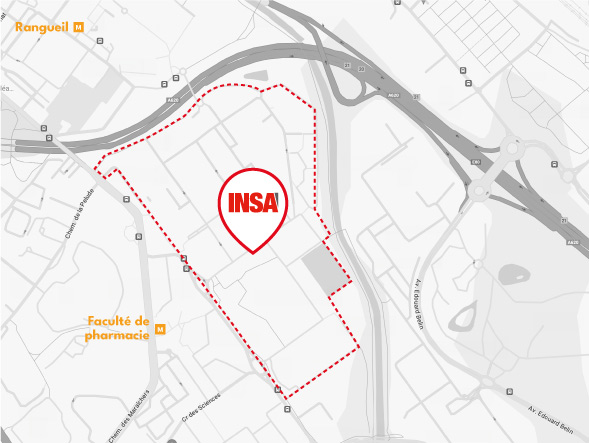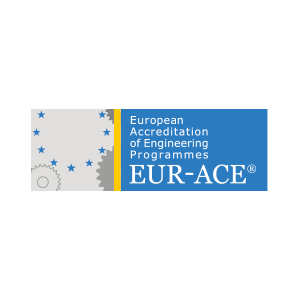Chapter 1 – Introduction to PDEs and classification –
Prerequisites in linear algebra, integration, resolution of ordinary differential equations, functions of several variables; Terminology and Examples of PDEs; Classification of linear PDEs of order 2.
Chapter 2 – Fourier Series –
Physical motivation; Space of periodic functions of square integrable; Trigonometric series; Fourier coefficient; Fourier series in L^1 (Dirichlet Thm) then in L^2 (Parseval Identity).
Chapter 3 – Fourier Transform –
Analysis and Synthesis of the Fourier transform on L^1, algebraic and derivation properties, inverse Tf and Plancherel Formula, Convolution; TF on L^2 and illustrative examples.
Chapter 4 – Sturm Liouville Problem –
Definition, examples and properties of the solutions.
Chapter 5 – Solving PDEs by Separation of Variables
Well-posed problem and Boundary conditions; Homogeneous 1D heat equation; Homogeneous 1D wave equation; Generalities on the method of separation of variables (homogeneous Eq, then with source term, then with non-homogeneous boundary conditions, and interest in knowing the associated Sturm Liouville problem)
Students will be provided with a course handout, TD statements (then their corrections) and TP. The TP will be carried out under Python
Objectifs
This UE aims to master some basic mathematical concepts for the study of partial differential equations (PDE) by the future engineer in Civil Engineering or Mechanical Engineering. This UE is naturally composed of academic knowledge presented in lectures, and computational know-how (studied in tutorials) and numerical know-how (implemented in practical work). Students will learn to identify and classify PDEs according to their nature (elliptic, parabolic, hyperbolic). They will approach the basic concepts, properties and theorems concerning Fourier series and Fourier transforms, which are powerful tools for solving PDEs, particularly in areas related to periodic phenomena and vibrations. Finally, the separation of variables, a classic and effective technique for solving certain classes of PDEs, will be formalized and studied. This method will be illustrated through several concrete examples linked to wave-type equations (vibration phenomenon) or heat (diffusion phenomenon).
Pré-requis
Mathematics UE for years 1 and 2.
More specifically:
- linear algebra (Diagonalization of matrices)
- integration (change of variable, Integrations by parts)
- resolution of ordinary differential equations (characteristic polynomial, solution of the homogeneous equation and particular solution...)
- functions with several variables (derivation)
Évaluation
L’évaluation des acquis d’apprentissage est réalisée en continu tout le long du semestre. En fonction des enseignements, elle peut prendre différentes formes : examen écrit, oral, compte-rendu, rapport écrit, évaluation par les pairs…













